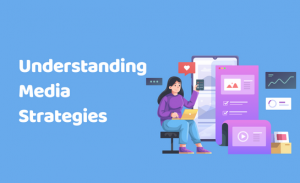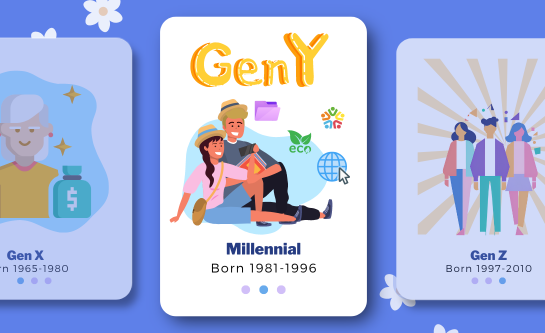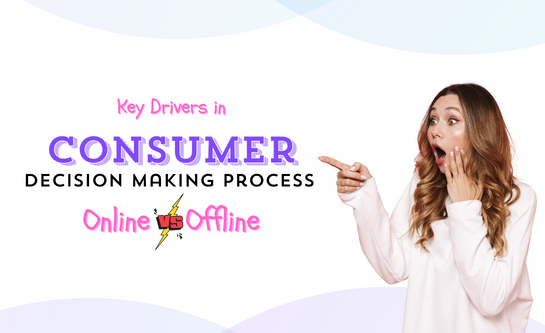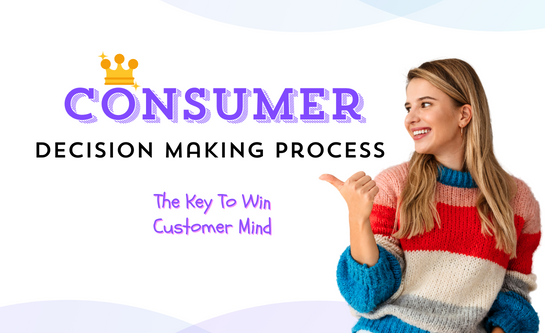Unlock the Power of Media Strategies on Consumer Buying Decisions
 May 28th, 2024
May 28th, 2024
 502 views
5 MINS READ
502 views
5 MINS READ
In this digital-driven world, media strategies have impressive power in shaping consumer behavior and buying decisions. From traditional advertising to the complexities of public relations (PR) and the wide presence of social media marketing, businesses are constantly navigating a complex landscape to capture the attention and loyalty of their target audience. In this article, we will investigate the multiple aspects of media strategies and explore how they influence consumer choices.
Understanding Media Strategies

Media strategies comprise a range of approaches employed by businesses to communicate with consumers and promote their offerings. These strategies include advertising, PR, and social media marketing. Although each tactic serves distinct objectives, they have interrelated purposes in influencing consumer behavior.
Advertising
Advertising, the most traditional of the three mentioned tactics, involves paid messages spread through various channels such as television, radio, print media, and online platforms. Its primary goal is to create brand awareness, communicate product benefits, and persuade consumers to make buying decisions. Through compelling visuals, catchy slogans, and strategic placement, advertisers seek to captivate audiences and imprint brand messages in their minds.
Public Relations (PR)
PR operates on a different goal, focusing on managing a brand’s reputation and fostering positive relationships with stakeholders. It comprises activities such as media relations, crisis management, event planning, and influencer partnerships. Unlike advertising, PR often relies on earned media coverage, leveraging editorial content and third-party endorsements to shape public perception and credibility.
Social Media Marketing (SMM)
It is reported that 61% of the world (4.9 billion people) was active on social media in 2023. Hence, the rise of social media has also revolutionized marketing, offering businesses exceptional access to global audiences in real time. Social media marketing involves leveraging platforms like Facebook, Instagram, Twitter, and LinkedIn to engage with consumers, share content, and cultivate communities around brands. By tapping into user-generated content, influencer collaborations, and targeted advertising, companies can personalize their messaging and forge deeper connections with their target demographic.
The Psychology Behind Consumer Buying Decision
To comprehend the impact of media strategies on consumer behavior, it’s crucial to dive into the psychological mechanisms that drive buying decisions. From cognitive biases to emotional triggers, human psychology is vital in shaping how individuals perceive brands and make buying choices.
Social Media Marketing: Social Proof and FOMO
Social proof, a psychological phenomenon wherein people look to others’ actions to guide their behavior, heavily influences consumer decisions. In social media, the fear of missing out (FOMO) amplifies this effect, as individuals are flooded with selected depictions of others’ lifestyles and purchases. By showcasing testimonials, user reviews, and social endorsements, media strategies capitalize on social proof to instill confidence in consumers and validate their buying choices.
Social Media Marketing: Influencers and Opinion Leaders
Influencers and key opinion leaders have significant impacts on consumer preferences. They act as trusted sources of advice and recommendations in an overwhelming marketplace. So, businesses should partner with influencers who align with their brand values and target audience to leverage their credibility and reach. Hence, amplifying brand messages and driving buying decisions. Furthermore, through authentic storytelling and product endorsements, influencers bridge the gap between brands and consumers. Hence, fostering genuine connections that resonate in an era characterized by doubt in traditional advertising.
PR Strategies: Emotional Branding
Emotional branding taps into consumers’ emotions, forging deep-seated connections that exceed normal product functionality. Through storytelling, imagery, and brand histories, media strategies stimulate feelings of recollection, belonging, or aspiration. Hence, evokes an emotional response that resonates with consumers on a subconscious level. By associating their brand with positive emotions, companies can foster brand loyalty and advocacy among consumers.
Advertising Information Overload and Decision Paralysis
Consumers in this age are overwhelmed with information and choices, so they often experience decision paralysis, in which they are struggling to navigate the abundance of options available to them. Media strategies play a crucial role in simplifying this decision-making process by managing content, highlighting key features, and guiding consumers toward preferred choices. Therefore, businesses can utilize targeted advertisements, personalized recommendations, and streamlined messaging to help ease decision paralysis and streamline the path to purchase.
Advertising: The Evolution of Consumer Engagement
As consumer behavior continues to evolve in response to technological advancements and shifting societal norms, media strategies must adapt accordingly to remain effective. The emergence of interactive content, augmented reality (AR), and immersive experiences present new opportunities for brands to engage with consumers on deeper levels and differentiate themselves in competitive markets. Therefore, businesses must embrace innovative technologies and creative storytelling techniques in advertising to create a memorable brand image and leave a lasting impression on consumers’ minds.
Conclusion
The influence on consumer buying decisions remains profound and expansive in the ever-evolving landscape of media strategies. From traditional advertising and PR to the dynamic realm of social media marketing, businesses navigate a complex ecosystem to captivate audiences, shape perceptions, and drive sales. Hence businesses have to understand the psychological drivers behind consumer behavior and embrace emerging trends, to craft compelling narratives that resonate with their target audience.
 Back to blog page
Back to blog page








































